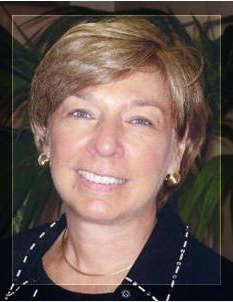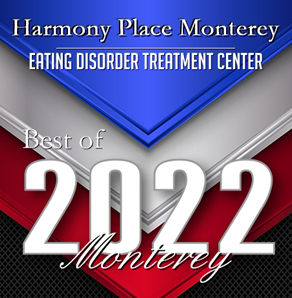“LET’S TALK” INTERVIEW SERIES
with Dr. Mark Schwartz and Industry-Leading Guests

“Advancing the Field Together” is Dr. Schwartz’s mantra. Creating a platform to do so is an ongoing focus. Bringing together those who have spent their lives studying, researching, and implementing “what makes a difference” has been a longstanding vision. and practice for Dr. Schwartz and his collective team.
JOIN US FOR OUR FIRST “LET’S TALK” INTERVIEW SERIES
FEATURED GUEST: CHRISTINE A. COURTOIS, Ph.D.
When: FRIDAY, JUNE 11, 2021 | ZOOM PRESENTATION
Time: 9:00 a.m. – 11:00 a.m.
Cost: FREE
REGISTER TODAY >>
Walking Through 40 Years of Trauma Therapy
Schwartz and Courtois will walk through the changes across the past 30 years in the field of trauma, discussing how these changes have influenced therapeutic practices. Originally the work of Mardi Horwitz, which greatly influenced the field, including numbing, intrusion, and avoidance cycle,. Horwitz’s work eventually resulted in PTSD being added to the DSM.
Herman and Van der Kolk’s work, introducing the phase-oriented approach and an emphasis on the body holding the trauma. The concept of trauma-reenactments was also a critical addition. Behavioral-based therapies of Cognitive Reprocessing (Resick) and exposure (FOA) became the basis of trauma resolution. The field of dissociation and eventually Steele and Van Der Harts’ addition of structural dissociation also greatly influenced understanding of self-system differentiation. The further addition of complex trauma and affect-based psychotherapies including Fosha, Shapiro, and Schwartz’s models of treatment brought trauma treatment into the mainstream. Mary Main’s work on Disorganized Attachment and Sroufe’s longitudinal research also added a deeper understanding of the structural defects underlying trauma. Fonagy and Liotts work also further delineated Disorganized Attachment and its role in developmental psychopathology. Metacognitive and other developmental defects influencing psychopathology have been conceptualized, thereby, delineating the targets of good trauma resolution theory.
CHRISTINE COURTOIS BIO
Christine A. Courtois, PhD, ABPP, a board-certified counseling psychologist, retired from clinical practice in Washington, DC. She is now an author and consultant-trainer on the psychology of trauma
NEW BOOK!
Sexual Boundary Violations in Psychotherapy: Facing Indiscretions, Transgressions, and Misconduct >>
Christine is also excited to announce the upcoming publication of an edited book on sexual boundary violations in psychotherapy. The book was designed to be different from other published books on sexual boundary violations (SBVs) in psychotherapy. Christine and her co-editors set out to reach a broad audience of mental health professionals and lay audiences and to cover topics that have previously received little or no attention.
By design, the book’ gives victim-survivor clients center stage, with a thoughtful approach as to why those who report are often treated poorly, suspiciously, or are outright disbelieved. We suggest the critical need for a compassionate and respectful response to sufferers and for an increased understanding around the confusion as well as ambivalence they often express due to the betrayal trauma incumbent in this type of misconduct. We further the notion of betrayal trauma from the individual therapist-abuser to colleagues and others who become bystanders as well as collaborators and to organizations and their misguided attempts to overlook and cover-up such complaints and issues. We give suggestions as to what might be done differently going forward to provide victims the care and attention they need and deserve.








